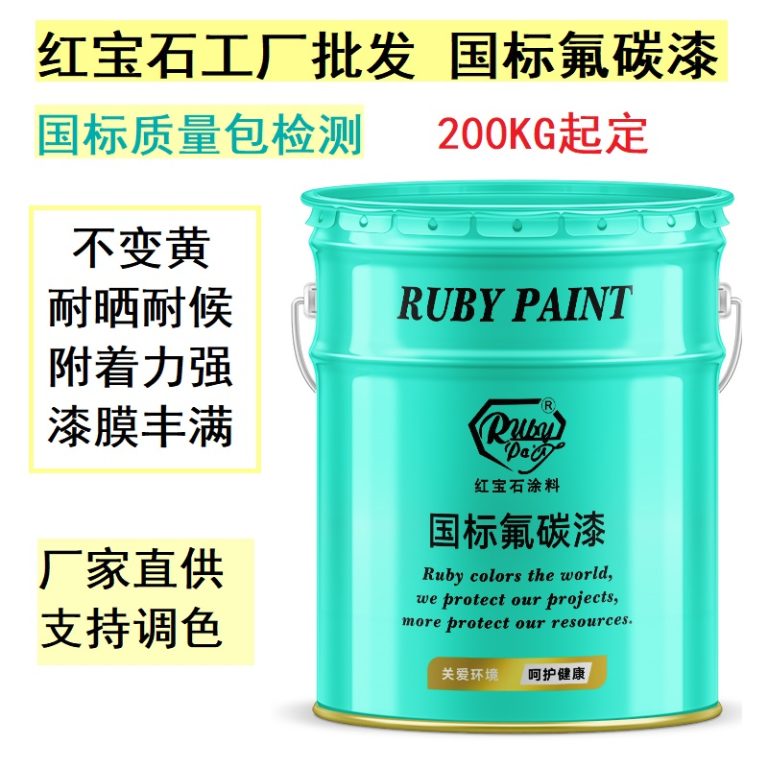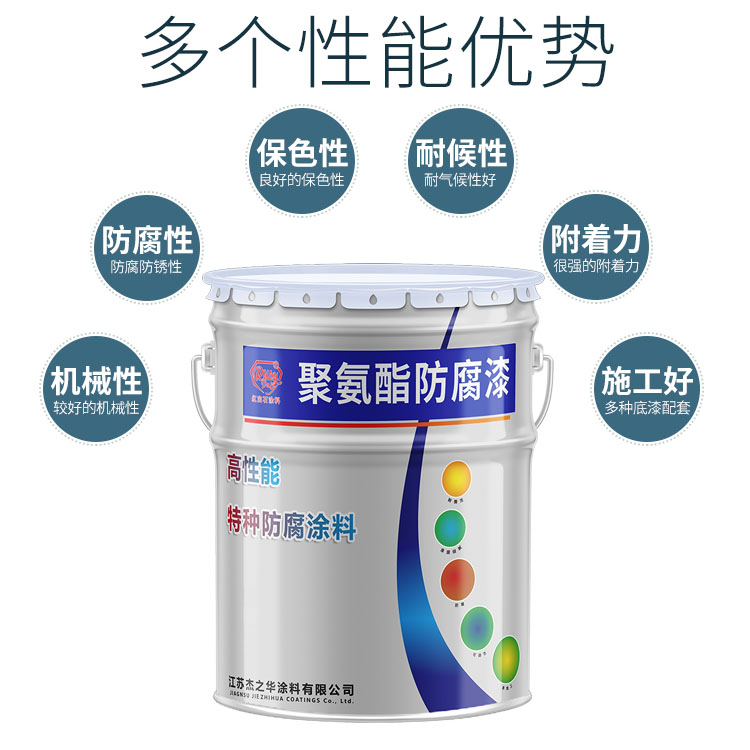Table of Contents
Techniques for Creating Textured Art with 3D Liner Acrylic Paint
3D liner acrylic paint is a versatile medium that allows artists to add texture and dimension to their artwork. This type of paint is specially formulated to create raised lines and shapes, making it an ideal choice for artists looking to experiment with different techniques and effects. By using 3D liner acrylic paint, artists can achieve a variety of textured finishes that can enhance the visual interest of their work.
One popular technique for creating textured art with 3D liner acrylic paint is the use of stencils. By applying the paint through a stencil, artists can create precise, raised designs that add depth and dimension to their artwork. This technique is particularly effective for creating patterns and motifs that repeat across the surface of the canvas. Additionally, stencils can be used to create negative space in a composition, allowing the textured elements to stand out against a flat background.
Another technique that can be employed with 3D liner acrylic paint is impasto. This involves applying the paint thickly to the surface of the canvas, creating a textured, three-dimensional effect. The raised areas of paint can catch the light and create interesting shadows, adding a dynamic quality to the artwork. Impasto can be used to emphasize certain elements of a composition, such as the petals of a flower or the folds of a garment, drawing the viewer’s attention to these areas.
Artists can also experiment with mixing 3D liner acrylic paint with other mediums to create unique textures. For example, mixing the paint with sand or small beads can create a gritty, tactile surface that invites touch. Alternatively, mixing the paint with a gloss medium can create a smooth, shiny finish that contrasts with the matte areas of the canvas. By combining different mediums, artists can create complex, layered textures that add visual interest and depth to their work.
In addition to these techniques, artists can also use 3D liner acrylic paint to create relief effects. By building up layers of paint, artists can create raised areas that stand out from the surface of the canvas. This technique can be used to create a sense of depth and perspective in a composition, making it appear as though certain elements are receding into the background while others are coming forward. Relief effects can be particularly effective in landscapes and architectural scenes, where they can help to convey the three-dimensional nature of the subject matter.
Finally, artists can use 3D liner acrylic paint to add finishing touches to their artwork. By applying the paint in thin lines or dots, artists can create highlights and accents that draw the viewer’s eye to specific areas of the composition. This technique can be used to emphasize the texture of a surface, such as the rough bark of a tree or the delicate veins of a leaf. By carefully placing these finishing touches, artists can enhance the overall impact of their work and create a more engaging visual experience for the viewer.
In conclusion, 3D liner acrylic paint is a versatile medium that offers artists a wide range of possibilities for creating textured art. By experimenting with different techniques and combining the paint with other mediums, artists can achieve a variety of effects that add depth, dimension, and visual interest to their work. Whether used to create bold, raised designs or subtle, textured accents, 3D liner acrylic paint is an invaluable tool for any artist looking to explore the possibilities of textured art.
Exploring the Versatility of 3D Liner Acrylic Paint in Mixed Media Projects
3D liner acrylic paint is a versatile medium that has gained popularity among artists and crafters for its ability to add texture and dimension to a variety of mixed media projects. This type of paint is specially formulated to create raised lines and shapes, making it an ideal choice for adding intricate details and embellishments to artwork.

| Serial Serial Number | Product Name |
| 1 | Epoxy Zinc rich paint |
One of the key features of 3D liner acrylic paint is its thick consistency, which allows it to maintain its shape and form once applied to a surface. This makes it perfect for creating three-dimensional effects that can enhance the visual interest of a piece. Whether used to outline shapes, write words, or create patterns, the raised lines of 3D liner acrylic paint can add a tactile element to any project.
Furthermore, 3D liner acrylic paint is highly versatile and can be used on a wide range of surfaces, including canvas, paper, wood, glass, and fabric. This makes it a valuable tool for mixed media artists who often work with multiple materials in a single piece. The paint’s ability to adhere to different surfaces also means that it can be used to connect and unify disparate elements within a composition.
In addition to its textural qualities, 3D liner acrylic paint is available in a variety of colors, including metallic and fluorescent shades. This allows artists to experiment with different color combinations and create visually striking effects. The paint can also be mixed with other acrylic paints or mediums to achieve custom colors and finishes, further expanding the creative possibilities.
Another advantage of 3D liner acrylic paint is its quick drying time. Unlike traditional acrylic paints, which can take several hours to dry completely, 3D liner acrylic paint typically dries to the touch within minutes. This allows artists to work quickly and efficiently, building up layers of paint without having to wait for each layer to dry.
Moreover, once dry, 3D liner acrylic paint is permanent and water-resistant, making it suitable for both indoor and outdoor projects. This durability ensures that artwork created with 3D liner acrylic paint will withstand the test of time, even when exposed to the elements.
Despite its many benefits, working with 3D liner acrylic paint does require some practice and skill. The paint is applied using a fine-tipped applicator, which can be challenging to control at first. However, with patience and experimentation, artists can learn to manipulate the paint to achieve the desired effects.
| No. | Commodity Name |
| 1 | Industrial paint |
In conclusion, 3D liner acrylic paint is a dynamic and adaptable medium that offers endless possibilities for mixed media artists. Its ability to create raised lines and shapes, combined with its versatility and quick drying time, make it an invaluable tool for adding texture and dimension to artwork. Whether used to embellish a canvas painting or to decorate a piece of wearable art, 3D liner acrylic paint is sure to bring a unique and tactile quality to any creative project.





